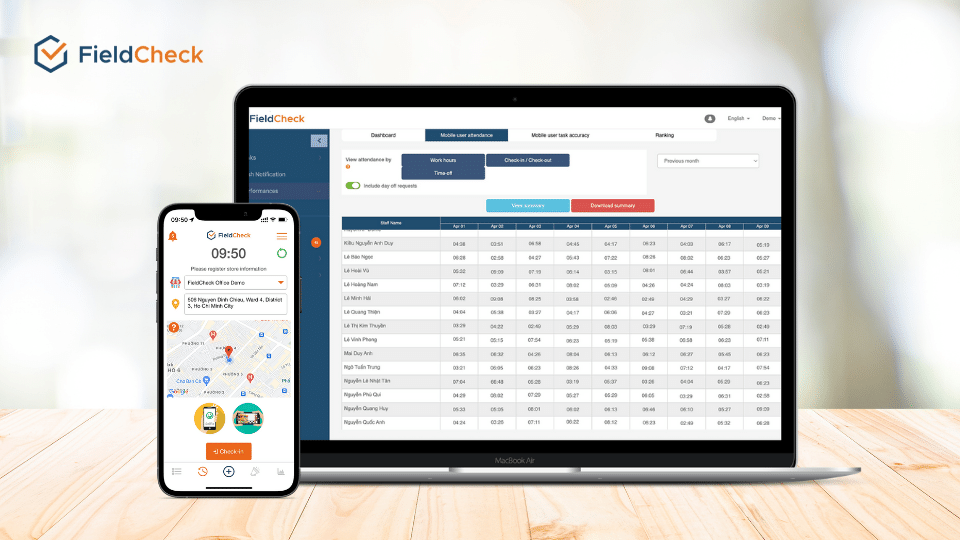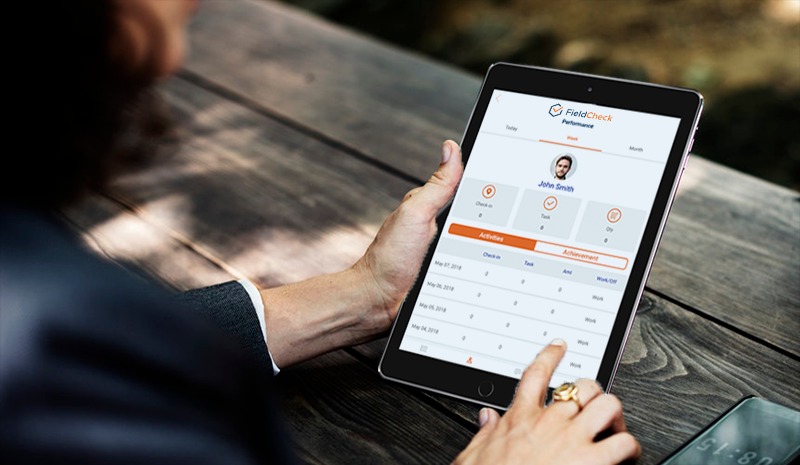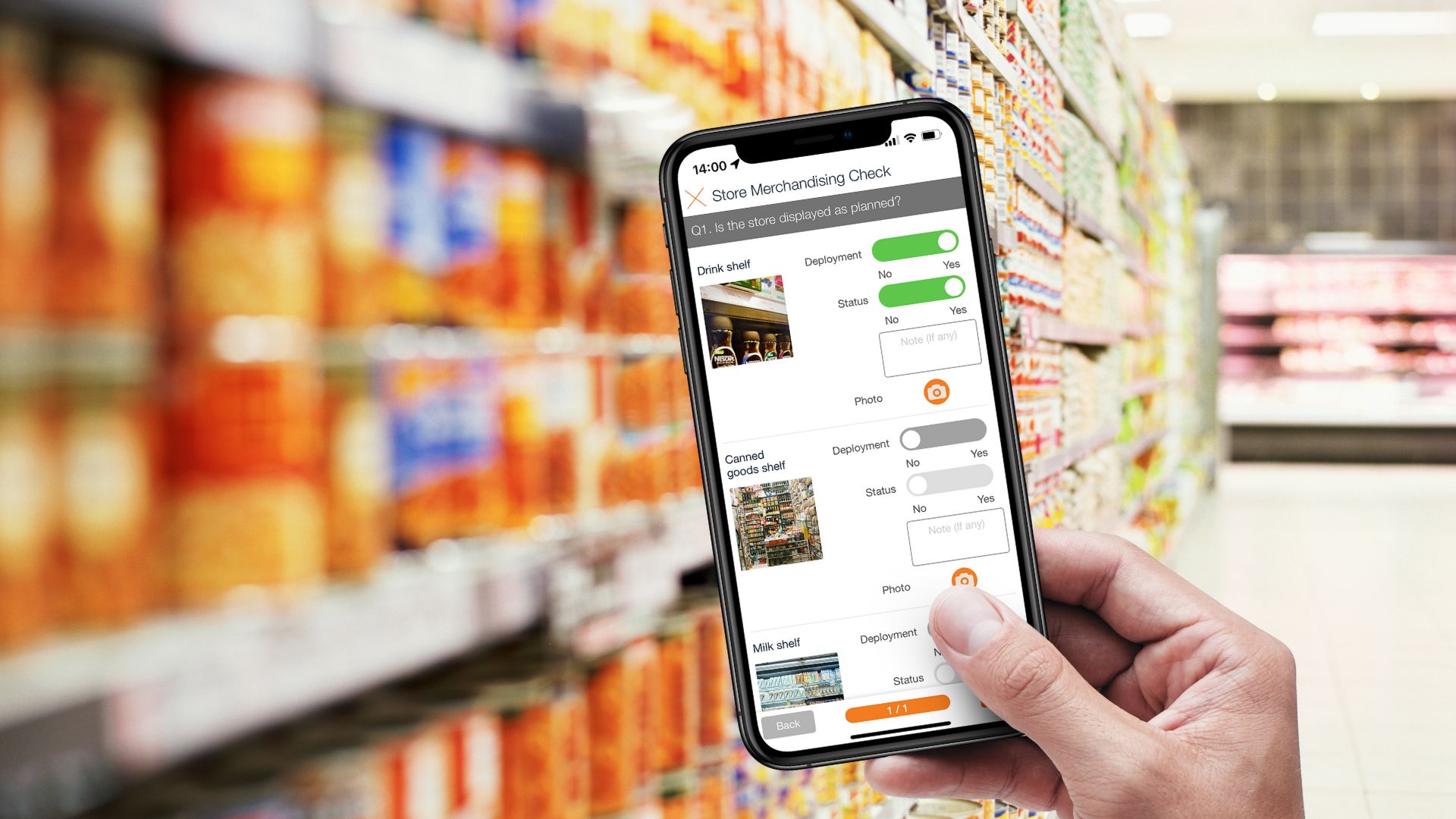The 4 Ps of Marketing: Effective Strategy For Businesses
The 4Ps of marketing model has been popular among businesses as it positively supports them to identify your marketing options regarding price, product, promotion, and place. Accordingly, you can provide an offer to meet a specific need or demand of customers.
More than 90% of businesses focus their resources on implementing 4P marketing strategies to build a strong brand in the digital age. So what are the 4Ps in marketing? What role does the 4P marketing strategy play in developing the business?
What Are The 4Ps In Marketing?
The 4Ps in Marketing are the first four letters to develop a core business strategy. The 4P model in Marketing includes Product, Price, Place, and Promotion.
1. Product
The first P is Product - the first foundation in all marketing strategies. This is the core point in meeting the needs and wants of customers.
If the product is not good, all business marketing efforts will fail. Products in marketing can be tangible goods or intangible services such as hotels, tourism, and telecommunications.

Product is the core foundation of every business's marketing strategy
2. Price
The following P refers to Price that you offer to your customers. The business owner needs to carefully determine the costs, product finishing, raw materials, labor, design, and transportation when determining the price. After deducting all costs, the business needs to profit from 15 to 20%.
3. Place
Place is the 3rd P in the 4Ps of marketing. This is the address where customers can buy the product. Stores and agents are also known as distribution channels of businesses.
Distribution plays an extremely important role in the 4Ps. It is the circulation that helps the product reach the customer. Policy for distribution intermediaries directly affects the profitability of enterprises.
For goods to be consumed, it is necessary to have components, including the manufacturer, distribution intermediaries, and customers. The distribution channel structure shows the length of the channel and the width of the channel.
The length of the intermediate-level digital ceramic channel. The process from the manufacturer directly to the customer without intermediaries has the shortest channel. The channel with three intermediate levels, including agents, wholesalers, and retailers, is the longest.
The channel width includes the number of intermediaries in each level. For example, channel B has ten retailers at the retailer level, while channel C has 100 retailers. Thus, channel C has a wider width compared to channel B and channel C.
Through the above two aspects, when building a distribution channel structure, it is necessary to establish a channel length and width strategy.
3.1. Channel Length Strategy
In the distribution channel length strategy, channel A from the manufacturer to the customer is the direct distribution channel. This is a channel without intermediaries. Direct distribution channels help businesses control the quality of products distributed to the market. With fast turnaround time, businesses have full discretion in how to build brand image and user experience.
Indirect distribution channels in the 4Ps of marketing include intermediate levels such as agents, wholesalers, retailers, to consumers. For indirect distribution channels, manufacturers do not need to invest large budgets for distribution while taking advantage of the available experience of the intermediary level to launch products to the market.

Distribution channel length strategy in Marketing model 4P
3.2. Channel Width Strategy
Mass distribution applies to general consumer products. Manufacturers prioritize the development of many intermediaries, especially looking to increase the number of retailers that reach customers.
Exclusive distribution limits the number of intermediaries. Accordingly, the manufacturer chooses only one distribution intermediary for each market area to exclusively sell the product. This method is applied to high-end, reputable, limited-edition products.
Selective distribution often chooses distributors between mass and exclusive. The manufacturer sets clear criteria for selecting several intermediaries with good distribution in the region.
4. Promotions
The fourth P is Promotion, which is a communication and marketing campaign to promote the company's products to consumers. The tools used in Promotion include advertising, marketing, public relations, and sales organization.

Promotion - the fourth P in the 4Ps of marketing
The 4Ps Of Marketing Importance
4P strategy currently plays a crucial role in business marketing. Many apply this approach to improve their brand identity while attracting more audience to their business. Some of the roles of the 4Ps of marketing include:
1. Promoting Enterprises to Create New Products
The 4Ps model promotes businesses to create new and better quality products. This strategy helps businesses to research and understand the market and customer needs.
Through research results, businesses come up with new ideas, create suitable products, and meet the desires of consumers.
2. Increased Benefits For Consumers
The model is useful to businesses and brings many attractive benefits to consumers, specifically, high-quality products with good features, new designs, and competitive prices.
3. Enhancing Brand Value and Corporate Reputation
It also improves the brand value and reputation of the business in the market. These campaigns aim to help the brand grow stronger, expand across the country, region, and the world, etc.
Businesses will regularly organize advertising campaigns and introduce products when applying this strategy. All serve the purpose of promoting product sales, increasing business efficiency, promoting brand image, and helping to affirm the position of the business in the market.

4P model to improve brand value and corporate reputation
4. Creating a Fair and Healthy Competitive Environment
There are more and more businesses operating in the same field. This requires the brand to innovate and launch more quality products regularly. Goods possessing superior features create competitive advantages and conquer increasingly demanding customers.
Pros and Cons of the 4P Marketing Model
The marketing 4P strategy brings many benefits to both customers and businesses. However, the 4P Marketing model also has its advantages and disadvantages.
1. Pros
The marketing 4P strategy makes it easy for businesses to interact with customers. Businesses easily know what customers are thinking about their brand or marketing strategy through social networking sites.
If the posts about the business's brand are shared widely, many positive comments prove that the marketing strategy is on the right track, reaching the target customers well.

The 4P Marketing model makes it easier for businesses to interact with customers
The number is displayed clearly and in detail. This makes it easy for businesses to evaluate the effectiveness of their brand promotion campaigns, aiming at motivating further marketing strategies.
2. Cons
Competition among businesses is getting fiercer. Therefore, businesses need to have a solid strategy and good financial potential to increase their competitiveness in the modern marketing war.
Marketing strategy 4P easily creates an annoying feeling for customers when there is too much information and suggestions. Therefore, enterprises need to have a strict management and control system to avoid information dilution.
Customers easily overlook advertising in the mass media. Therefore, creative content is extremely necessary if you want your business to stand out in the public eye.

Customers easily ignore advertising in mass media
How FieldCheck Helps You Optimize Your 4Ps Of Marketing
FieldCheck is currently highly appreciated by users for its support of employee management, data collection, and store chain management. These features support businesses to conduct their 4Ps of marketing optimally.
1. Employee Management
Boasting many advanced features, FieldCheck helps businesses manage employees easily and more efficiently. In particular, it is considered the perfect solution to manage market employees.
The software allows employees to time attendance and check-in / check-out on mobile phones. All employee activities are continuously updated to the system in real-time.
Digitizing all employees' work on the system makes it easy for managers to track and control fraud with a few simple steps.

Manage employees easily on mobile apps
2. Data Collection Support
FieldCheck collects and transforms data from traditional storage to modern digitalization. Employees and managers can update, store, and search data directly on mobile phones.
FieldCheck's management system is fully equipped with anti-fraud features and data analysis tools to help you understand the market and customers to build the most effective 4P Marketing strategy.

Accurate and detailed recording of all data in real-time
3. Chain Store Management
FieldCheck provides an optimized solution for chain management with many outstanding features implemented directly on mobile phones as follows:
- Update store location, and control the number of products sold in real-time.
- Record the number of products in stock, calculate the commission, and monitor the store's quality directly on the phone.
- Update business performance easily, not limited in time and place.
- Optimizing business administration saves time, costs, and human resources.
FieldCheck is a fieldwork support software that can work in tandem with the built-in system of businesses without affecting their operation. We are proud to be the partner of various established businesses like Masan, Electrolux, Circle K, to name a few in their journey of digitalization. We hope our article could be helpful for your searching. Thanks for reading!




